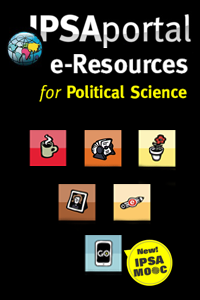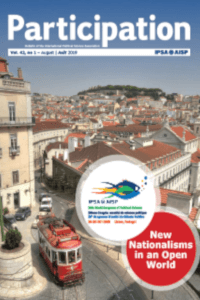Reclaiming Brownfields: A Comparative Analysis of Adaptive Reuse of Contaminated Properties
Edited by : Richard C. Hula
Release date: Jan 2012
Ashgate Publishing
Nombre de pages: 406
ISBN: 978-1-4094-4958-4


“This volume on brownfields reclamation is a much welcomed scholarly endeavor and an impressive achievement. While much research involving brownfields and urban environmental problems function with imposed definitions and disparate analyses, this research provides a much needed holistic and integrated approach to brownfields specifically, but also the
larger urban environmental policy arena in general. Though focused, the major achievement of this exceptional effort is its treatment and placement of urban environmental challenges within a larger context that recognizes and evaluates pollution, people and place in a comparative and adaptive manner never before done. Such an approach is a major theoretical and practical breakthrough for both scholars and practitioners seeking to assess, evaluate and resolve urban environmental policy issues…”
—Hunter Bacot, University of Arkansas, Little Rock
The environmental legacy of past industrial and agricultural development can simultaneously pose serious threats to human health and impede reuse of contaminated land. This book recognizes that land and water contamination are now almost universally acknowledged to be key social, economic and political issues; how multiple societies have attempted to craft and implement public policy to deal with these issues provides the central focus of the book. The volume is unique in that it provides a global comparative perspective on brownfield policy and examples of its use in a variety of countries.
Contents:
Part I: Policy:
Incentives for collaboration: state-level brownfield remediation and redevelopment programs, Elizabeth A. Lowham;
Changing agendas in state environmental policy: development versus cleanup in brownfield programs, Richard C. Hula;
Revitalizing contaminated land in Italy, the United Kingdom and the United States: a comparative perspective, Philip Catney, Tiziana Cianflone and Kris Wernstedt;
Redevelopment strategy of brownfield sites in the Czech Republic, Petra Rydvalova and Miroslav Zizka.
Part II: Implementation and Evaluation:
Exploring the potential for integrating community benefits agreements into brownfield redevelopment projects, Courtney E. Knapp and Justin B. Hollander;
The quantitative and qualitative impacts of brownfield policies in England, Katie Williams;
New urban communities: building on brownfields for America’s next generation, Mark L. Gillem and Jill A. Schreifer;
The inertia of environmental regulatory enforcement in China: collusion or abuse of authority?, Han Hongyun and Zhao Liange; Appendices to chapter;
Strategic land management in Germany: one key for brownfield cleanup and sustainable development, Detlef Grimski, Fabian Dosch and Herbert Klapperich.
Part III: Brownfield Case Studies:
Fostering brownfields development in rust belt cities: a comparison of state approaches and their impacts in Cincinnati and Pittsburgh, Andrea E. Yang;
Institutional network management in brownfield cleanup and redevelopment, Rob Alexander;
From blighted brownfields to healthy and sustainable communities: tracking performance and measuring outcomes, Laurel Berman, Christopher A. De Sousa, Terri Linder and David Misky;
Michigan brownfield redevelopment innovation: two decades of success, Robert A. Jones and William Welsh; Appendix
to chapter;
Index.











